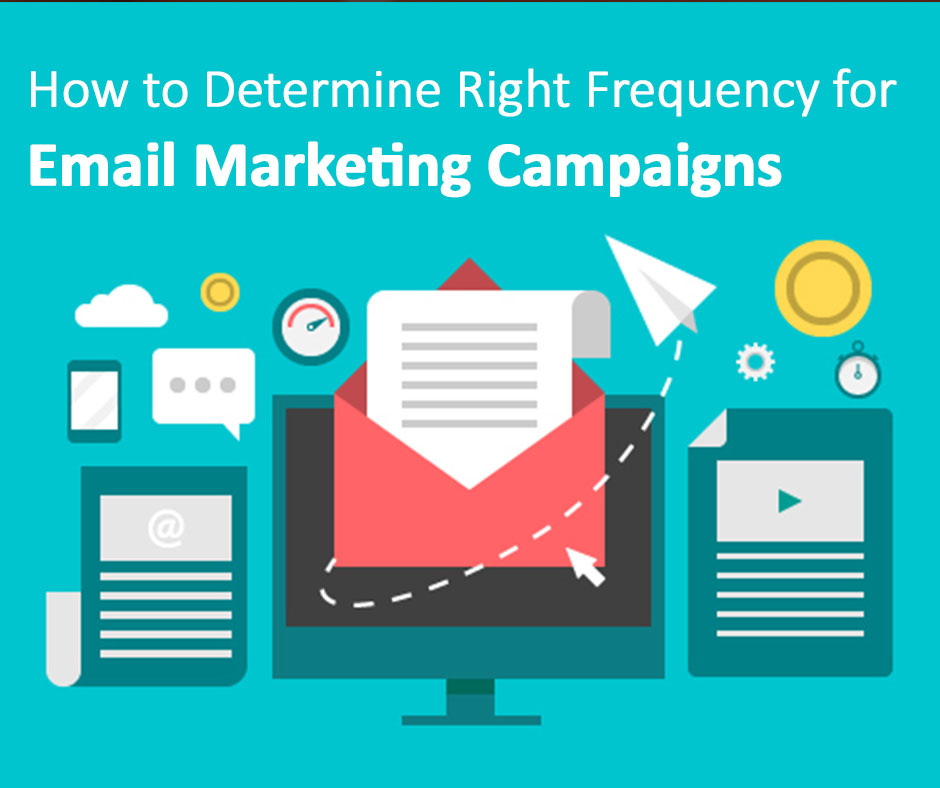
How to Determine Right Frequency for Email Marketing Campaigns
How many are too many? In email marketing, the frequency of emails is an important aspect of your campaign. Sending too many emails can for hamper the open rates. So, how does one determine the right number of email for best response? There are numerous factors involved to arrive at the right number. These include the industry, the business model—B2B or B2C– time in terms of year, weeks, and in some cases even days etc.
The effects to Email Frequency
Maintaining the right balance in email marketing is important. Sending too many mails can :
- Hamper Engagement: Customers receive email communications from different brands daily and in huge number. This leaves them with very little time, and hence reduced open rates.
- Unsubscribing: Another flip side of too many emails is more customer pressing unsubscribe button. And with it, you lose out an opportunity to convert or retain.
- Brand Image: Equally damaging is the impact it has on the brand. With many customers unsubscribing and low open rates, the brand image is likely to suffer.
On the other hand, if the frequency of email is too less, a marketer can:
- Lose opportunity: If you are not engaging the customers with enough mail, you are likely to lose an opportunity to your competitor.
- Poor visibility: With too less a frequency, a customer may not be be able to register a brand name for long. Creating top-of-the-line brand recall is important for conversions.
Let us look at some of the pointers to help marketers find answers to this ‘tricky’ question.
- Test, Test, Test: Yes, testing your email marketing campaign is the best method to arrive at the right frequency.
- Select a list: Have two lists—one the regular that you have been and create another for testing purpose. The responses to these two lists will show you how effective each of the frequency is for optimal results.
- Bring down frequency for groups with low response rates: Track the engagement for each of the list. Basis this, reduce the number of emails where the reposes or engagement levels goes down.
- Customize frequency for different segments: Another important thing is to try alter the frequency of email on the basis of different segments. How each segment responds to these frequencies cam help determine the timeline to follow.
- Allow customers to select frequency: Another approach is to give the option to customers select the frequency. This can be done through their profile or channels such as surveys or change their preferences.
- New and Old Customer: Another important point that can help you figure the frequency is the old and new customer segmentation. When a business acquires a new customer, the communication frequency should be more. This is to make your new customer feel valued. However, as the customer becomes a regular with the brand, the frequency should be ideally reduced.
Arriving at the right frequency of emails is never easy. It is different for each business and needs to take into account all the factors that can make or break your campaigns. More importantly, it is something that each business will have to figure out testing with their methodologies and metrics.
And if you still work it out, you can connect with us. Our experts can offer solutions best suited for your business.





